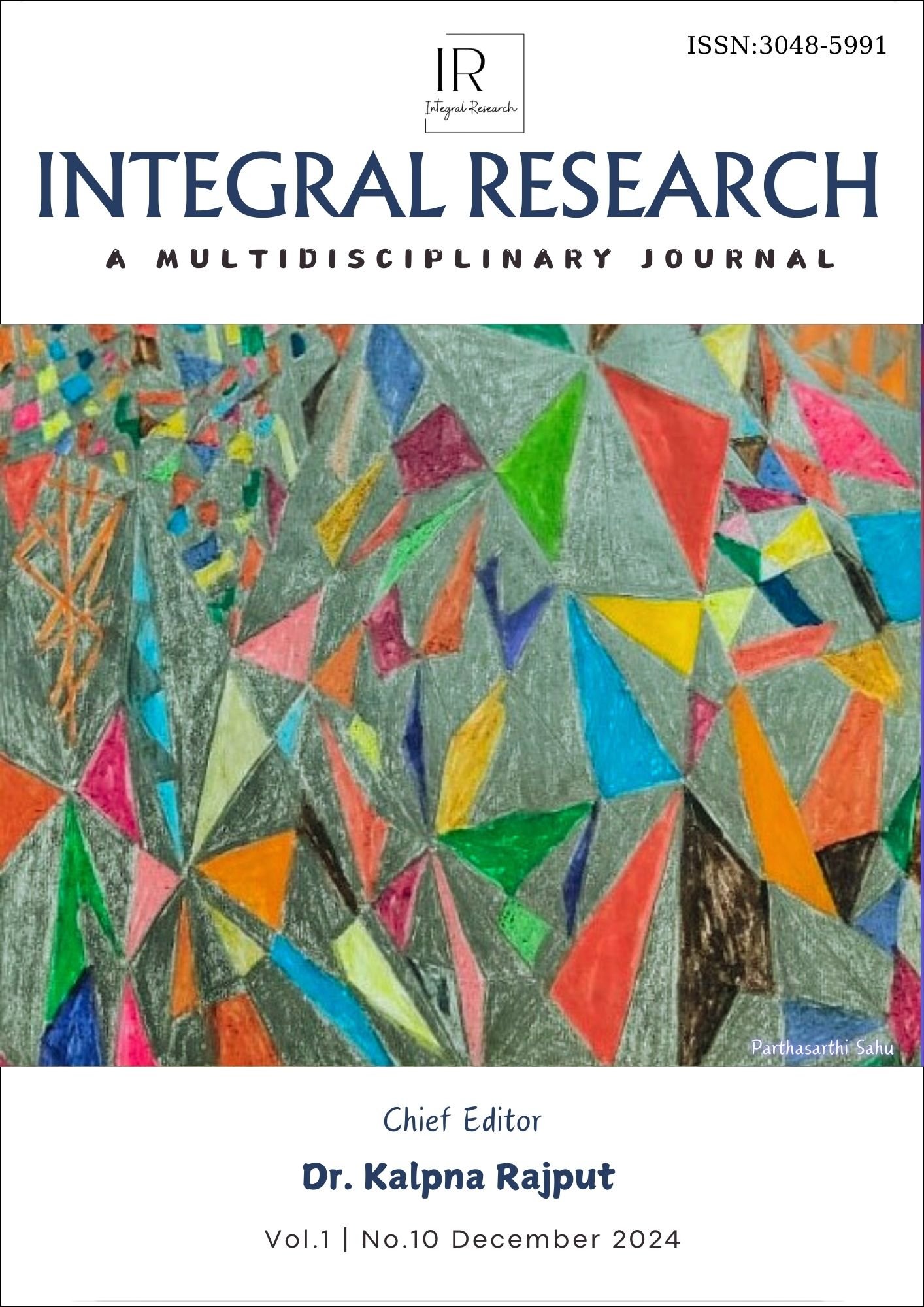Impact of Zinc acetate on Haematological parameters in Albino Rats
Main Article Content
Abstract
The hematological consequences of zinc poisoning in male albino rats (Rattus norvegicus) exposed to zinc acetate were studied. Group A (Healthy Control) was given sodium acetate (125 mg/kg), and Group B (Zinc-Exposed Group) was given zinc acetate (125 mg/kg) per orally for 60 days. Blood samples were drawn on days 0, 30, and 60 to be analyzed. The findings indicated remarkable differences in hematological values between the two groups. Group B had a lower red blood cell (RBC) count (6.32 ± 0.13 × 10³/μl) than Group A (7.22 ± 0.13 × 10³/μl), indicating compromised erythropoiesis or enhanced erythrocyte destruction. Hemoglobin (Hb) level was lower in Group B (11.85 ± 0.65 g/dl) than in Group A (12.66 ± 0.31 g/dl), indicating disturbed heme synthesis. Hematocrit percentage also fell remarkably in Group B (37.74 ± 1.15%) as opposed to Group A (41.24 ± 0.75%), consistent with the decreases found in RBC count and hemoglobin. Mean corpuscular volume (MCV) was increased in Group B (62.60 ± 2.27 µ³) over Group A (55.12 ± 2.96 µ³), indicating the existence of larger, perhaps immature red blood cells. Mean corpuscular hemoglobin (MCH) was lower in Group B (19.28 ± 0.69 pg) than in Group A (20.96 ± 0.26 pg), reflecting lower hemoglobin content per red blood cell. The results prove the deleterious effect of zinc toxicity on hematological values in rats and outline the possible health risks from extended zinc dissemination in the environment.
Downloads
Article Details
Section

This work is licensed under a Creative Commons Attribution-NonCommercial 4.0 International License.

